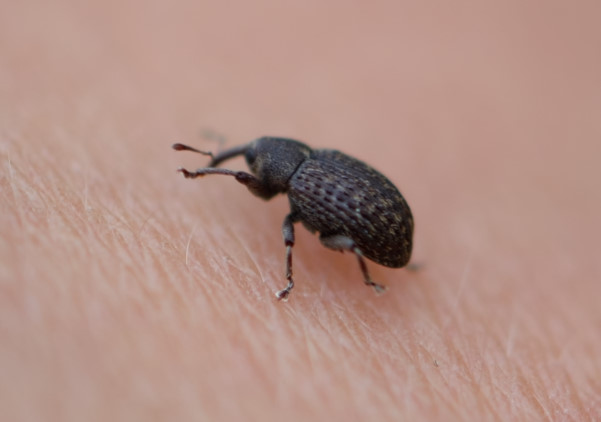A death by a thousand
cuts – this was the title of a talk given by South African botanist
extraordinaire Jan Vlok at a meeting of the Gouritz Cluster Biosphere
Reserve meeting some weeks ago. While the protected areas of the
Western Cape may look good on paper, the reality in the field is that
agricultural land transformation, game fencing, alien vegetation and
the many other smaller impacts of human activity on the heartlands of
the Cape Floristic Region means that to Jan the regions faces a death
by a thousand cuts. To clarify – a death by a thousand cuts
definition from Wikipedia.... “Lingchi - the slow process, the
lingering death, or slow slicing, was a form of torture and execution
used in China from roughly AD 900 until it was banned in 1905. In
this form of execution, a knife was used to methodically remove
portions of the body over an extended period of time, eventually
resulting in death.”
In short, we cannot be
complacent about the threats to this very special part of the world.
Apart from agricultural land transformation, where land goes under
the plow to devastate biodiversity for the sake of monocultural
fodder crops on a scale comparable to nuclear holocast, the most
insidious threat for whom no-one is accountable is the threat of
alien vegetation. In short,
Hakea + Wattle + Pine =
terminal cancer of the Fynbos
That was my conclusion
a few weeks ago as I pulled out >250 young Hakea plants that all
originated from 1 single Hakea bush on the southern slopes of our
Kouga mountains. The young Hakea were 3 years old, but already maybe
a meter tall on average. The indigenous Protea eximia on the same
slope were maybe 30cm. Worse, at least 4 Hakea plants already had
seed cones from the previous season, and all were in flower. None of
the indigenous protea were close to reproducing. Perhaps one Hakea
had died, and maybe 5% had signs of gumosis, the introduced bioagent
to control Hakea. Clearly this species is still out competing native
vegetation at an alarming rate.
From the relatively
clean Kouga mountains, where we have worked hard for years to remove
wattle, pine and hakea, I often gaze to the Tsitsikamma ranges to the
south, where pine trees dot the ridges and wattle chokes the streams.
The war against wattle and alien vegetation will not be won in my
lifetime – but more to the contrary my fear is that it is one that
will be lost.
But still we struggle
on. In May, together with my neighbour I applied for seed
weevil biocontrol agents for the Silver wattle (Acacia dealbata) that
infests the streams in our conservancy. Yesterday I obtained these
and released these in the stands of wattle that we can no longer
afford to clear ourselves. The landowners here have cleared
substantial areas already, but follow up is an eternal task – the
seed banks are massive. We cleared the adult trees in 2011 and this
year 4 years later where we conducted a small burn the seedlings came
up like a grassy lawn. With a seedbank that could last 50 years, I
will likely be pulling out wattle from our stream beds until the day
I die.
Hopefully with the help
of the weevils, the task will be easier for future generations.
Thanks to Reley Bell
and Herson Amill from Department of Environmental Affairs for
supplying the weevils.
 |
| The mother load - the single Hakea bush that gave rise to 250 babies. Photo by Craig Turner. |
 |
| 3 Year old Hakea next to me tower over native protea at my foot. Photo by Craig Turner. |
 |
| One bottle of weevils vs 1 million wattle seeds. We are expecting some fat weevils in the future |
 |
| These weevils eat Silver Wattle seeds and nothing else, not even Black Wattle |
 |
| Little weevil next to a Silver Wattle seed pod. |


when I was a botany student, we were just starting biocontrol for the Australian wattles.
ReplyDeleteNow when I see infested wattles, I have some hope for some fynbos.
Go weevil, go!
ReplyDeleteI wish I could send you a root jack. You would so love using it.